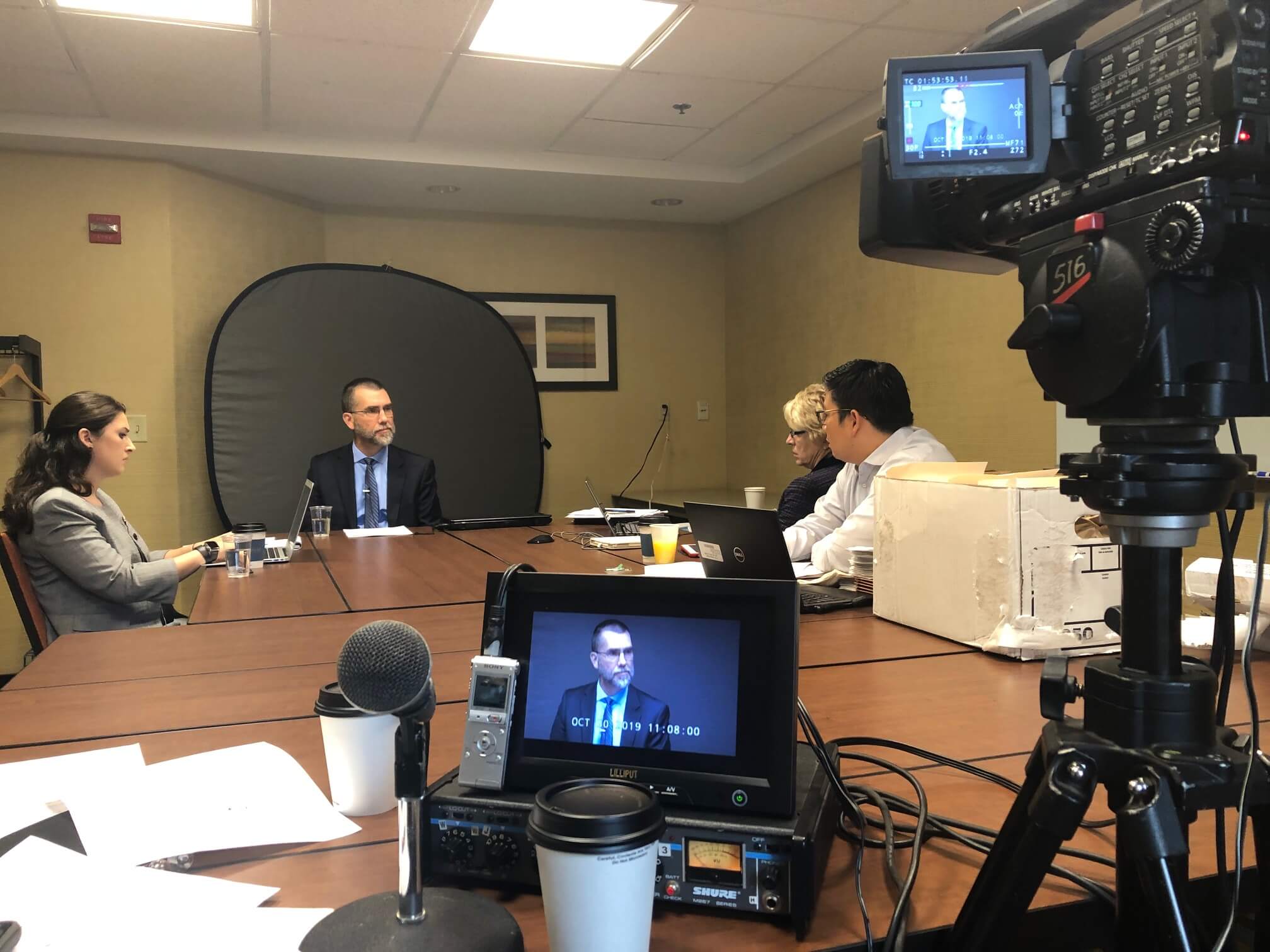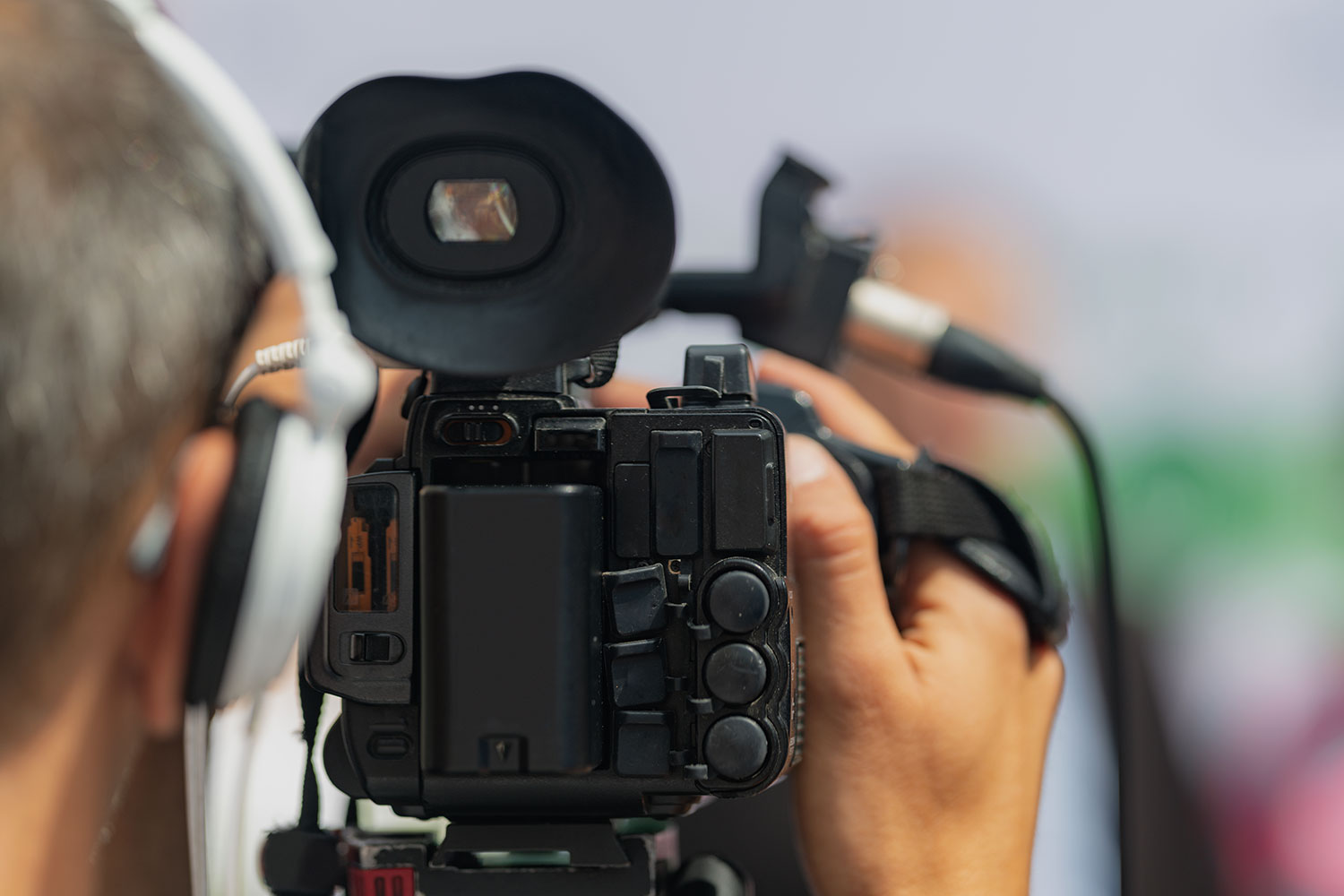Leading Advantages of Expert Legal Videography for Lawsuit
Looking Into the Mechanisms of Legal Videography: Unveiling Its Procedure in Safeguarding Authentic Visual Testimony for Judicial Process
In the realm of judicial process, the function of lawful videography stands as a foundation in protecting and presenting aesthetic evidence. As innovation continues to advance, the devices behind legal videography have become significantly detailed, providing a vital layer of credibility to statements recorded on video.
Historical Development of Legal Videography
Examining the historic progression of legal videography discloses a considerable makeover in the capturing and presentation of aesthetic evidence within the legal landscape. In the past, legal process heavily relied upon created photos and records to record events and supply proof. With the arrival of video clip technology, the legal market observed a standard change in just how aesthetic testament was recorded and offered.
The development of legal videography can be traced back to the late 20th century when innovations in video recording tools made it more available for usage in court rooms. This technological development not just boosted the precision and dependability of visual evidence however also transformed the means situations existed to juries and courts (Legal Videography). Attorneys started to recognize the persuasive power of video clip recordings in sharing feelings, subtleties, and non-verbal signs that created transcripts or photos alone could not record effectively
Technology Developments in Video Clip Paperwork
What vital technical advancements have revolutionized video paperwork in the legal area? The legal area has seen substantial improvements in video paperwork innovation that have actually enhanced the authenticity and dependability of aesthetic evidence in judicial procedures. Among the vital developments is high-definition (HD) video clip recording capacities, which provide crystal-clear photos and sharp information that are important for precisely catching statements, face expressions, and various other aesthetic hints. Furthermore, the combination of timestamping and metadata functions in video clip paperwork devices has actually enabled specific documents of when and where the video was tape-recorded, guaranteeing the integrity of the proof presented in court.
Additionally, developments in video clip encryption and watermarking modern technologies have actually boosted the safety and security and tamper-proof nature of video clip evidence, securing it against unauthorized modifications or meddling. Additionally, the introduction of cloud storage options and remote accessibility abilities has structured the storage, access, and sharing of video evidence, assisting in smooth collaboration amongst lawful experts and ensuring reliable access to important aesthetic testimonies when needed. These technical innovations in video clip documents have most certainly revolutionized the legal field, enhancing the precision, reliability, and admissibility of visual evidence in judicial proceedings.
Role of Lawful Videographers in Court Settings
The advancement of video clip paperwork innovation in the legal area has required a vital function for legal videographers in court room setups, guaranteeing the integrity and integrity of visual testimonies presented throughout judicial procedures. Lawful videographers play an essential role in capturing and maintaining exact visual proof that can be pivotal in court situations. Their responsibility reaches establishing up equipment, tape-recording process, and creating premium video clips that properly show the events in the courtroom.
In court setups, lawful videographers should follow stringent guidelines and standards to keep the authenticity of the aesthetic record. They must have an eager eye for detail and a comprehensive understanding of legal treatments to make sure that the footage they catch is a real depiction of the events that took place. Additionally, lawful videographers often function carefully with lawful teams to guarantee that the video clip proof lines up with the instance's requirements and can be successfully presented in court these details to support the lawful arguments being made. Generally, the duty of legal videographers in court settings is important in promoting the principles of justice and see this guaranteeing the openness of legal procedures.

Ensuring Admissibility and Stability of Video Clip Evidence
To preserve the reputation of visual proof presented in legal procedures, ensuring the admissibility and stability of video clip proof is a crucial obligation for lawful videographers. Admissibility describes the acceptance of evidence by the court, and for video evidence to be acceptable, it has to meet specific requirements. Lawful videographers play an essential function in making sure that the video clips they record follow the guidelines of proof, such as importance, credibility, and integrity.
Honesty of video clip proof involves maintaining the originality and accuracy of the video footage from the moment it is taped until it exists in court. This includes firmly keeping the video data, recording the chain of custody, and avoiding any kind of meddling or alterations. Lawful videographers must stick to stringent protocols to ensure the integrity of the video clip proof and protect against any obstacles to its credibility.
Future Trends in Legal Videography
Given the enhancing dependence on modern technology in legal proceedings, lawful videographers are positioned to welcome cutting-edge innovations shaping the future of aesthetic testimony capture and presentation. Among the noticeable trends imminent is the combination of online reality (VIRTUAL REALITY) and augmented fact (AR) technologies into lawful videography. These innovations have the possible to change exactly how visual evidence is offered in courtrooms, enabling discretionary to immerse themselves in the scene of Related Site the crime or occurrence.
Furthermore, making use of expert system (AI) formulas for video clip analysis is expected to simplify the procedure of assessing and examining large quantities of video clip footage. AI can help in recognizing essential moments, abnormalities, and patterns within videos, enhancing the efficiency of legal investigations.

Final Thought
In final thought, lawful videography has actually played an essential duty in providing genuine aesthetic evidence for judicial proceedings. Through technological advancements and the expertise of legal videographers, the honesty and admissibility of video clip proof are made sure in courtroom setups. As lawful videography remains to develop, it will certainly be important to support standards that preserve the precision and reliability of aesthetic testament for the future of lawful proceedings.
Taking a look at the historical development of lawful videography reveals a considerable transformation in the capturing and presentation of aesthetic proof within the legal landscape.The advancement of video clip documentation modern technology in the lawful area has actually necessitated an important function for legal videographers in court setups, making sure the integrity and integrity of visual testaments presented throughout judicial proceedings. Additionally, lawful videographers usually work carefully with legal teams to make certain that the video clip proof straightens with the instance's requirements and can be successfully presented in court to support the lawful arguments being made.To keep the credibility of visual evidence offered in legal proceedings, guaranteeing the admissibility and integrity of video evidence is a critical responsibility for lawful videographers. As legal videography continues to evolve, it will certainly be necessary to promote criteria that keep the accuracy and reliability of aesthetic testament for the future of legal procedures.